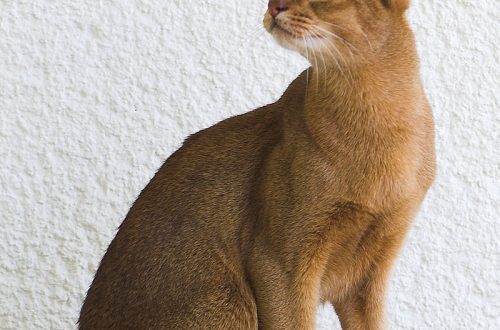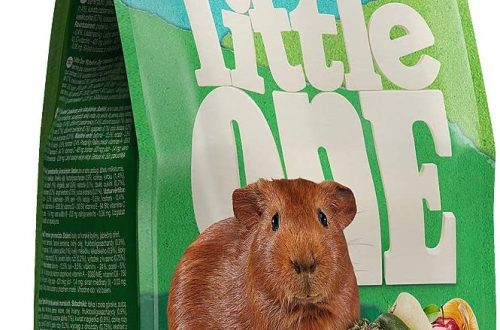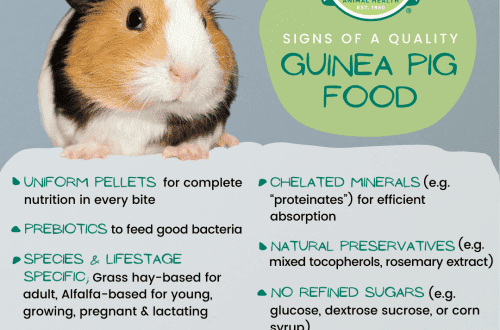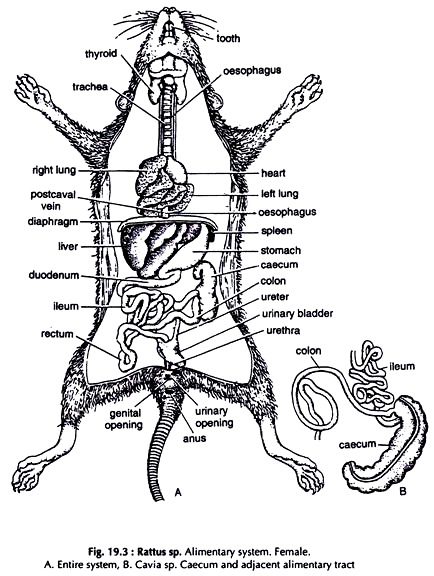
Skeleton and anatomy of the rat, internal structure and arrangement of organs
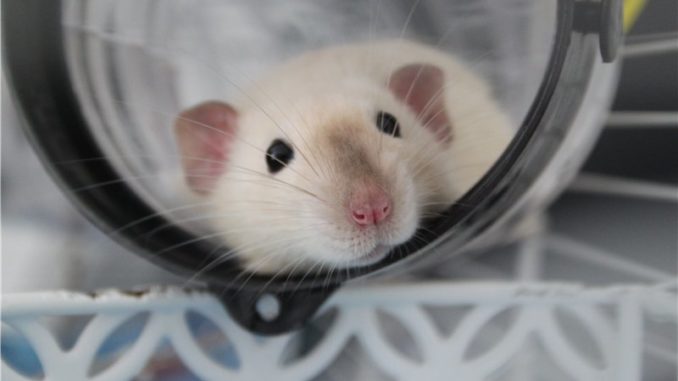
Possession of information about the physiological characteristics of rodents is usually the prerogative of zoologists and veterinarians. However, it is also useful for owners to know what the anatomy of a rat is. This will allow you to understand the relationship between care, nutrition and possible diseases. Also, a clear understanding of how the pet is built ensures a quick response to signals of pain and discomfort.
Contents
The external structure of the rat
During the external primary examination, a significant amount of hair can be noted on the entire body. This is a sign of this class of mammals. The main functions of wool:
- thermal insulation;
- participation in touch;
- protection of the skin from damage.
The body of an animal is made up of:
- heads;
- neck;
- torso;
- tail
The animal’s head is large relative to the body. The muzzle is pointed, the back section is adjacent to a short neck. The skull of a rat includes 3 sections:
- parietal;
- temporal;
- occipital.
The muzzle is divided into:
- eye sockets;
- nose;
- mouth.
At the end of the muzzle are vibrissae – bristles designed for touch. Rats are characterized by the presence of a nictitating membrane and a red glow of the eyes.
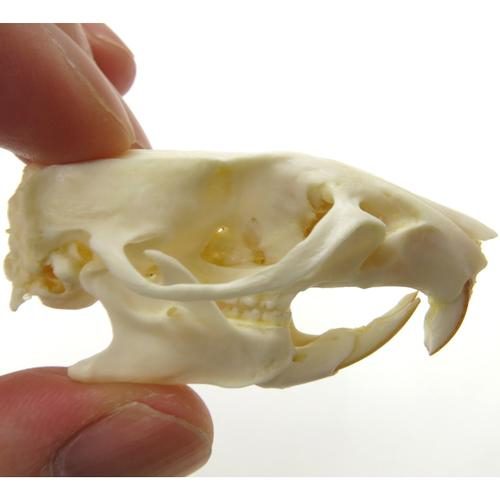
Experts divide the body of a rodent into 3 sections:
- dorsal-thoracic;
- lumbar-abdominal;
- sacro-gluteal.
The limbs of the animals have five fingers. On the feet they are larger than on the hands. The soles and palms are characterized by the absence of hairline.
The tail of rodents is thick, accounting for 85% of the total body length. The female has a longer tail. The surface is covered with scaly rings and yellow fat. Instead of wool, there are bristles.
Female animals are characterized by 6 pairs of nipples, two of which are in the armpits, one on the chest and three on the belly. Outside the gestation period, they are hidden by thick hair. The sex of the rat is determined by examining the back: in females, the rump has the shape of a triangle, and in males it differs in the shape of a cylinder.
Sexually mature males can reach a weight of 400 g. Females are much smaller.
Rat skeleton
The skeletal system of the animal consists of bone and cartilaginous parts, and includes 264 bones of various shapes and sizes. The cranium has an elongated shape. There are several sections of the spine:
- cervical;
- thoracic;
- sacral.
The vertebral part in the rat skeleton is characterized by more than 2 dozen discs.
Despite the fact that the skeleton of a rodent looks completely different than the human skeletal system, many scientists argue that when stretching the spine, a reduced copy of the human individual will be obtained, up to the similarity in the location of individual bones.
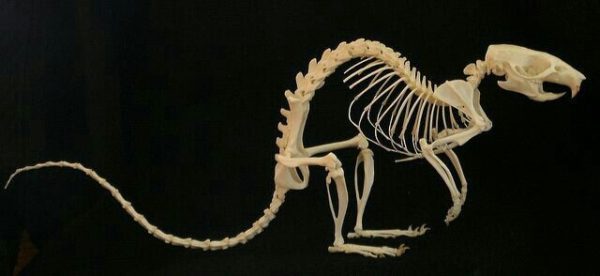
Location of internal organs
The anatomical atlas also informs about what the general arrangement of the internal organs of the rodent looks like.
This information can be obtained visually if an autopsy of the rat is performed. After the start of the procedure, the diaphragm opens first, which separates the thoracic and abdominal regions.
Directly below the diaphragm is the rat liver. It is bright red in color and partially covers the pear-shaped stomach.
Below, the volumetric mass of the intestinal tract opens. It is covered with an omentum – an organ for the accumulation of animal fat.
A characteristic feature of this species of rodents is the absence of a gallbladder. Bile is supplied through the duct from the liver directly to the duodenum.
But rodents have an elongated spleen, located to the left of the stomach. If the intestines are removed from the abdominal cavity, then a pair of bean-shaped kidneys is found at the bottom. They are located asymmetrically – the left one is deepened under the pressure of the stomach. The ureters lead to the bladder located in the lower abdomen. The testes of males and the complex reproductive organs of female rats are also present there.
The vascular system is clearly represented by the inferior vena cava for the outflow of blood into the heart from the organs of the peritoneum. It also finds the aorta, which is necessary for a full blood supply to the hind limbs.
When examining the chest cavity, a pair of pink lungs and a heart with large vessels are immediately visible. The lungs hang freely on the bronchi, and are not attached to the chest. Deeper is the esophagus, which connects the pharynx with the stomach.
When studying the internal structure of a rat, it is important to remember such an organ as the brain. Like many mammals, it has several departments responsible for mental functions. Experts divide the rat brain into 4 parts, each of which has a complex structure.
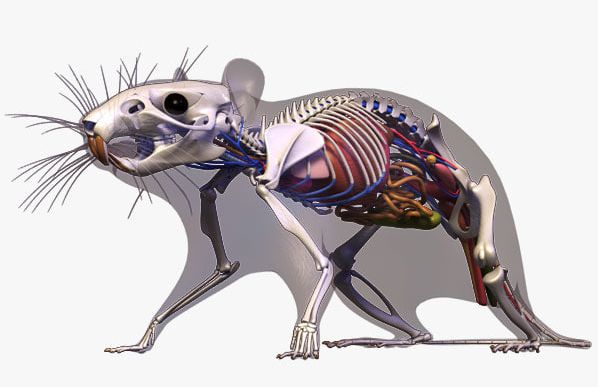
Interesting facts from physiology
Veterinarians and biologists, studying the anatomical and physiological structure of the rat, noted a number of interesting facts:
- numerous laboratory studies on rodents are explained by the similarity of the physiology of rats and humans;
- animals lack tonsils and thumbs;
- male individuals have tissue for the formation of mammary glands, but there are no nipples even in their infancy;
- females have a vestigial penis that can be used for urination;
- in rats, the right and left lungs have a different structure. In the first there are 4 shares, and in the second – only one;
- rodents have an appendix, which is sometimes confused with a frolicking internal tumor;
- unlike humans and cats, albino rats do not suffer from hearing problems;
- ultrasonic exposure gives rodents discomfort, but they may well endure it;
- rodents do not have lips around their mouths. Instead, a folded gap is formed above the lower jaw;
- the male spends 2 seconds on fertilization, so keeping heterosexual individuals in one cage guarantees the presence of offspring.
Important! The pain threshold of rodents is very high, the animal gives a signal about the presence of pain only with extremely severe symptoms. This leads to frequent late diagnosis of serious pathologies, so the owners of the animals should not neglect preventive examinations of their pets.
Anatomy of a rat: internal structure of organs and features of the skeleton
4.8 (96.1%) 41 votes



